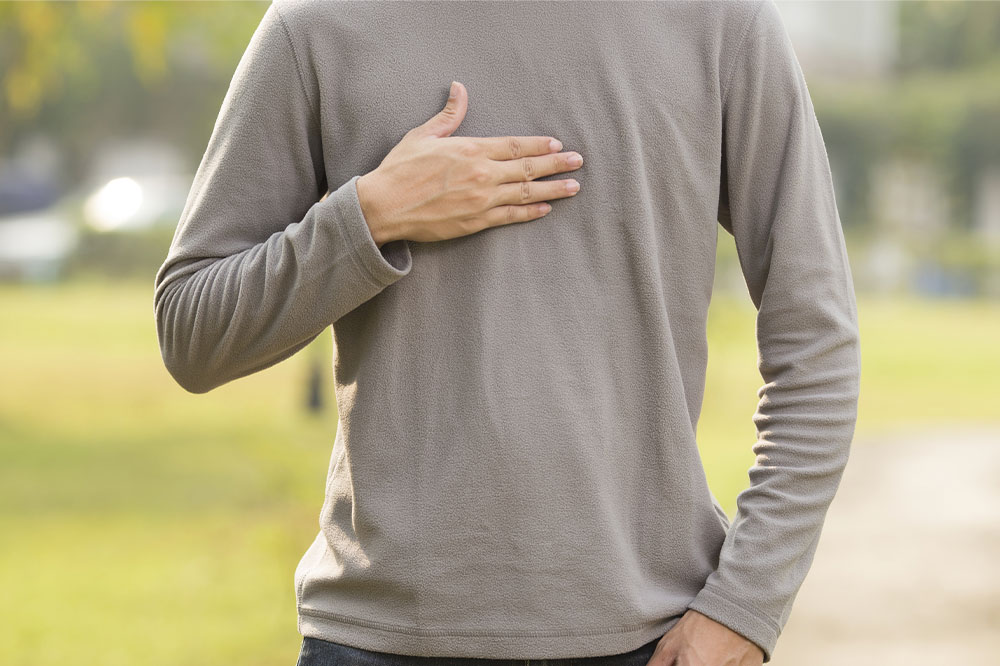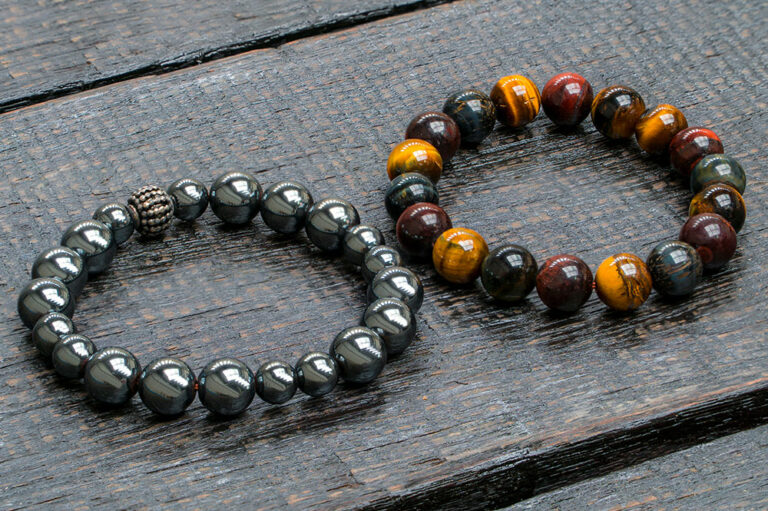9 warning signs of poor blood circulation

Poor blood circulation develops when the arteries that supply blood to the body are narrowed or blocked. If left untreated, poor circulation can lead to health complications like aches, nerve damage, or peripheral artery disease—a condition where poor blood circulation affects the arms, legs, and feet. One may also be at risk of developing a stroke due to insufficient blood flow. So, here are the warning signs of poor circulation one should not overlook:
Causes
Many issues can affect blood circulation. For instance, the spike in blood glucose levels associated with diabetes can damage the blood vessels carrying the fluid. High body mass and high blood pressure can also slow down blood flow. High cholesterol may get accumulated around the blood vessels and restrict the flow. The buildup of plaque in the arteries, which is a condition called atherosclerosis, can also limit circulation. Additionally, a sedentary lifestyle and aging can weaken the circulation system.
Warning signs
Cold hands or feet
Healthy blood circulation keeps the body warm. But if the blood flow is restricted due to nerve damage or other reasons, one may feel their hands and feet turning cold even in warm weather.
Joint pain or stiffness
Poor blood circulation may lead to fluids accumulating in certain body parts, like the legs, ankles, and feet. This can lead to stiff joints and throbbing or stinging pain in the limbs. One may also experience cramps in the legs or feet due to a lack of oxygen and nutrients.
Numbness or tingling sensation
Nerve damage due to reduced blood flow can lead to a pin-pricking or tingling sensation and even numbness in the feet, hands, or legs. Applying too much pressure on one part of the body, like sleeping on one arm for too long, can also disrupt blood flow and cause numbness. But if one experiences these symptoms without exerting pressure, it can indicate an underlying health concern.
Hair loss
Restricted blood flow to body parts can lead to a lack of nutrient supply and less or slower-than-usual hair growth in certain areas.
Dry or cracked skin and discoloration
Healthy blood flow supports the formation of new cells. In its absence, the skin may become dry or cracked. One may also notice that the skin has turned paler than usual.
Dizziness
If one experiences light-headedness or dizziness after standing up or during any physical activity, it may be a sign of poor circulation to the brain.
Slow healing
As the blood carries oxygen, nutrients, and white blood cells to the damaged tissues, wounds heal faster when this supply remains uninterrupted. When the circulation is compromised, one may notice that the wounds or cuts are slower to heal than usual.
Fatigue
Lack of blood flow drains energy. So, feeling unusually fatigued, tired, or unwell in general without any lifestyle changes triggering the exhaustion can be a sign of restricted blood flow.
Digestive problems
The stomach relies on healthy blood flow to digest food, so if one experiences gastrointestinal issues, it could be a sign of disrupted blood flow. One may also experience constipation, cramps, or abdominal pain.
Blood flow can also be hampered by certain conditions like heart diseases, hemophilia, and diabetes. Gene therapy is an FDA-approved treatment that modifies the genetics of the cells to treat such conditions. The treatment introduces healthy genes into the patient’s body to replace or repair defective ones.
One can find treatments and remedies to boost blood circulation but should consider consulting a healthcare professional to determine the best course of action. Doctors can recommend suitable lifestyle changes and treatment options to deal with the issue.



